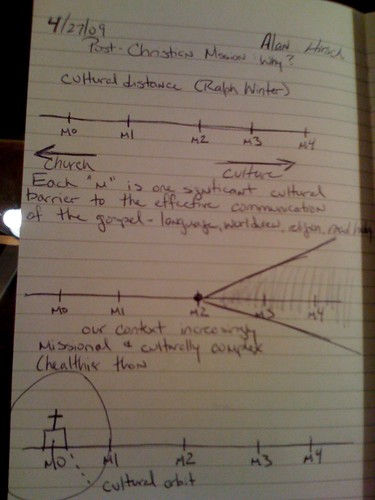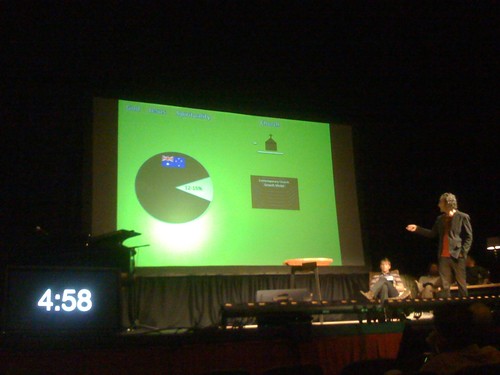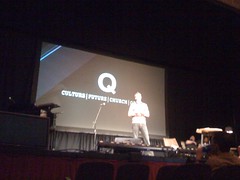 Note: I requested a review copy of The World Is Not Ours to Save – Finding the Freedom to Do Good from Inter Varsity Press. I am not obligated to write a favorable review but an honest one. But if I’m being really honest, it was really easy to write this – the book is great.
Note: I requested a review copy of The World Is Not Ours to Save – Finding the Freedom to Do Good from Inter Varsity Press. I am not obligated to write a favorable review but an honest one. But if I’m being really honest, it was really easy to write this – the book is great.
Many would agree the activist label is used quite liberally. While I am unable to determine how many hours a week you must labor in activism to qualify you for the title, it’s certainly overused. So to intentionally overstate, this book should be handed out just before every short-term mission trip, along with every Invisible Children dvd and box of TOMS shoes. Further, it should required in seminaries, film schools, and military training academies. Oh and every celebrity who sets up a charity foundation should get one too, especially the Christian celebrities.
Now I know just listed a bunch of things that are easy to pick on. But if you know me, I actually think short-term mission trips can be incredible life-changing moments, I think the work of Invisible Children is good, so are TOMS and all the things I mentioned (yes, even seminary ;). What I think Tyler does a phenomenal [Read more…]





 I appreciate a lot of what Chuck Colson says, can’t stand some of it, what can you do?
I appreciate a lot of what Chuck Colson says, can’t stand some of it, what can you do?




Recent Comments